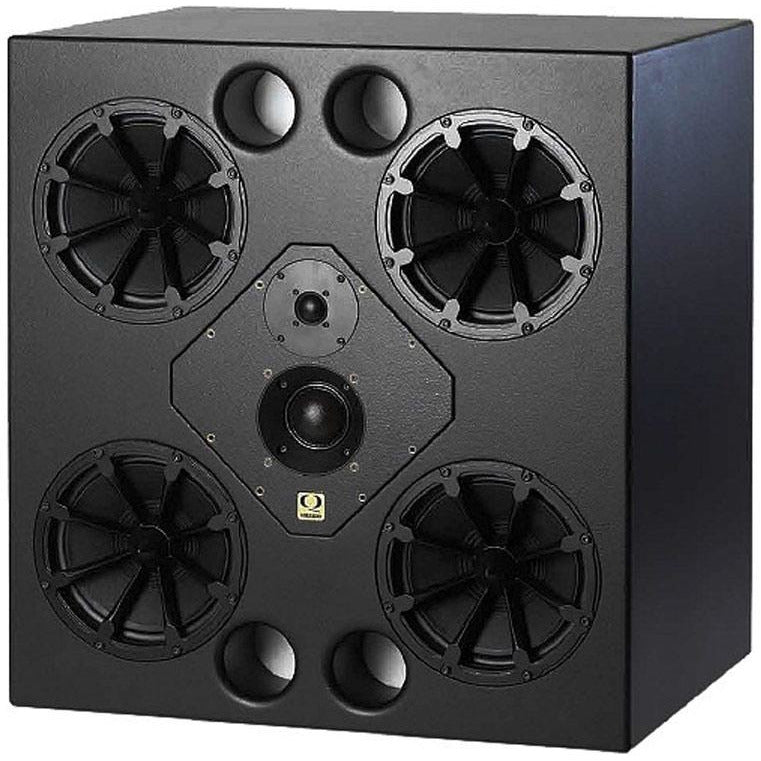Hearing a signal below a noise floor is different thing. Apples and oranges.
Now I am very confused and I think you are too.
When someone talks about SINAD thresholds, they are talking about noise and harmonics. Harmonics are non-random spurious signal related to the signal and noise is typically more random and unrelated to the signal (but AC mains noise is not random…)
If you take your music signal, play it back, and subtract your music signal, what’s left is the unintended signal.
That’s where the signal below noise floor calculations are directly correlated.
That is, if your music is playing at 130 dB and your SNR is 130 dB, then that chart shows you what you might hear.
GXAlan, I wasn't trying to declare that I have a better number or anything like that. I was just hoping someone could point me to some published science that support statements about strict limits in the first post of the thread.
At this point it still seems a lot like an opinion.
There is opinion, and then educated conclusion/forecast based upon available data.
So it is an opinion, but unlike asking people for their favorite food it’s more like asking anesthesiologists for the safest inhaled anesthetic. (The mechanism of general anesthesia is not fully understood — it is just safely reproduced).
It goes more than opinion, but I think if you are trying to say that this number is too relaxed, then you will find more support. If you think this number isn’t tight enough, you probably will find support going up to 130 or even 144 dB.
Some of the 120 dB range came from the estimate that you gave 24-bit data and the best technology still giving up 4 bits of noise.

Dynamic Range: How Quiet is Quiet?
Dynamic Range: How Quiet is Quiet? By Amir Majidimehr [Note: This article was originally published in the Widescreen Review Magazine] Most people think of dynamic range as how loud something is. Mathematically though, dynamic range is a ratio. It is the loudest signal divided by “root mean...
 www.audiosciencereview.com
www.audiosciencereview.com
On that, I have some concerns. Statistics seems to have gotten more complicated in recent years: https://www.edge.org/response-detail/11715 No longer do bell curves have to be normal.
See this is where we have some boundary conditions which don’t exist in the author’s examples. There is a physical limit to the how loud you can achieve and this gets to my point about what your actual question/goal is.
Take for example, your skin. Will a military bullet fired from a pierce it at 10 ft? Yes. That’s because your skin is made with cells which are made from specific arrangements of proteins, lipids, etc.
If you look at something like your eardrum bursting, you can see that while there is conflict over the “50% threshold” depending on which study you look at, the 100% threshold was fairly consistent.
Risk Factors Associated With Environmental Pressure Changes on Tympanic Membrane Rupture and Ear Damage | Canadian Audiologist
The Official Publication of the Canadian Academy of Audiology
30 psi is 200 dB.

Mechanical Properties of a Human Eardrum at High Strain Rates After Exposure to Blast Waves - Journal of Dynamic Behavior of Materials
The mechanical properties of a human tympanic membrane (TM) or eardrum were characterized at high strain rates after multiple exposures to blast waves. Human cadaveric temporal bones were subjected to blast waves at first, then TM strip specimens were prepared either along the radial or the...
THEN, we have our final question.
Suppose you (or someone else) has the magical X-men style mutation that allows him/her to hear to -200 dB. We can then use blind testing or ABX testing to show that the person can distinguish between the two…
In a way, because the best electronics are still only at -120 dB it’s not easy to design that study. That said, even now, it will be hard to distinguish two DACs that are level and frequency response matched.
If you want to argue for arguments sake, you can have an infinite set of what if’s. Quantum physics says you can drive a car through a concrete wall and pass through with a non-zero probability. That said, possible and probable are two different things. It is possible that -120 dB is not accurate but it is probably that it’s pretty close, if not generous.
If you want to argue that two amplifiers sound different, then that’s different. 5W 1 kHz SINAD is a good predictor of overall performance but real world speaker loads can result in frequency response differences that are audible…
So yes, -120 dB isn’t precise. But it’s not pulled out of thin air.

